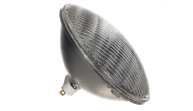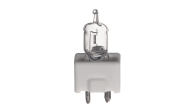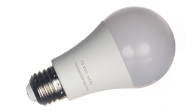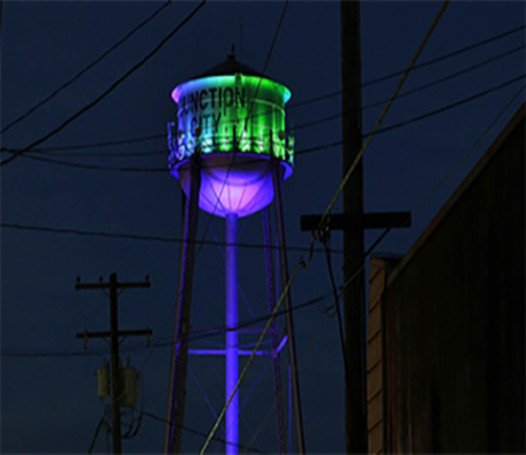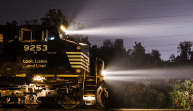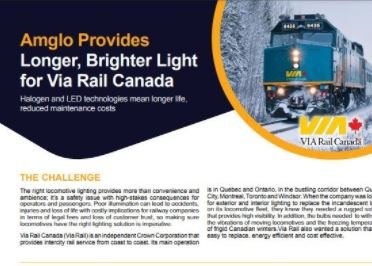
Factors to Consider When Upgrading Aircraft Lighting
We authored an interesting article that was published in ROTOR Magazine this March. ROTOR Magazine is dedicated to the rotorcraft industry with a focus on helicopters. Since quality lighting is our focus, we shared the variety of factors that go into identifying the type of lamp that best fits your needs, whether you’re looking for a lasting option for a new helicopter or seeking to retrofit an older aircraft. These tips, while written with a focus on helicopters, can be applied to any aircraft when it comes to selecting the right lighting option—and it all starts with an extensive assessment of your current lamps and infrastructure.
An evaluation of your current infrastructure involves a detailed examination of the types, number, costs, and benefits of your current lamps. This will allow you to compare your existing inventory with prospective upgrades. For example, recent helicopter models have built-in light-emitting diodes (LEDs) or can accommodate LED lamps. However, older aircraft often must undergo larger-scale system upgrades to be compatible with more advanced lighting systems. If significant reengineering is necessary for a successful lighting upgrade for the aircraft in question, then you must factor in the estimated up-front cost of such an overhaul as part of your cost–benefit analysis.
Although LED lamps are typically more expensive than shorter-lived alternatives, your cost–benefit analysis may reveal that the reduced need for replacements will cancel out the high initial cost of choosing LEDs. Though LEDs have their advantages, they can be prohibitively expensive for many aircraft operators and managers. A less-costly alternative would be to keep your existing lamps or upgrade to higher-quality halogen lighting. Halogen options, which offer durability and bright light, are usually readily available from manufacturers or suppliers. Although halogen systems require maintenance and changeout-related costs over time, they’re generally compatible with older lighting systems and involve a much lower cost per lamp than LED upgrades.
Comparing the costs and energy savings of each potential option with those of your existing system will help you determine whether an upgrade is financially viable.


